
Arpco Valves & Controls: The Experts In Safety & Sustainability
About Arpco Valves & Controls When it comes to precision and reliability, Arpco Valves &
Arpco Valves & Controls is dedicated to advancing the skills and knowledge of professionals in the oil and gas industry through our custom-developed educational solutions. Recognizing the importance of specialized training in this sector, we offer tailored educational programs that cater to the unique needs of your team and operations.
Our educational solutions are not one-size-fits-all. We understand that each organization has its own set of challenges and objectives. That’s why our courses are custom-developed, focusing on the specific areas your team needs to excel in, from operational best practices to advanced technical skills in valve and control systems.
Our training programs are led by industry experts with extensive field experience. This ensures that the knowledge imparted is not only theoretically sound but also enriched with practical insights. Our instructors use real-world examples and hands-on training methods to provide a comprehensive learning experience.
In an industry that’s constantly evolving, staying abreast of the latest technologies and regulations is crucial. Our educational solutions are continuously updated to reflect the latest industry standards and technological advancements, ensuring your team remains at the forefront of the oil and gas sector.

Our courses are tailored to meet the specific needs of your team and operations.
Our training is delivered by seasoned professionals with real-world experience.
We keep our courses up to date with current industry trends and standards.
We place focus on hands-on skills and practical knowledge for immediate application
Empower your team with the knowledge and skills they need to succeed in the oil and gas industry. Arpco’s custom-developed educational solutions are your key to building a more competent, efficient, and informed workforce. Contact us today to discover how our tailored training programs can benefit your organization.

About Arpco Valves & Controls When it comes to precision and reliability, Arpco Valves &

ESD valves, also known as emergency shutdown valves, are pivotal components in various industrial applications.
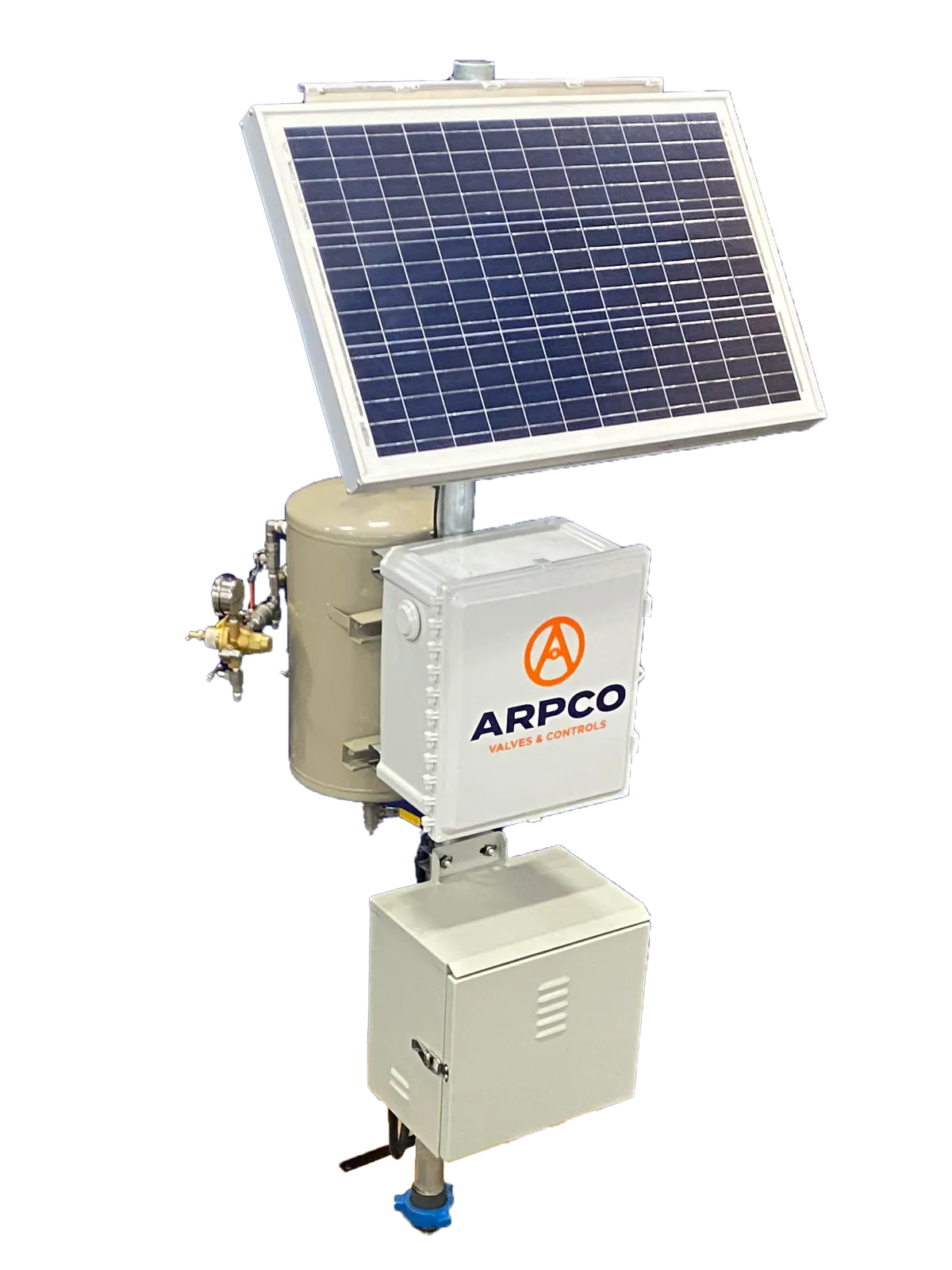
The Need for Safety Measures in the Oil & Gas Industry Safety cannot be overstated

Introduction to Safety Valves Safety valves play a pivotal role in maintaining the safety and
Zero emission, a concept focused on using energy sources and technologies that emit no waste, is integral to fostering a sustainable and cleaner world. Compressed air is a key solution for achieving zero-emission operations, enabling efficient production while adhering to evolving environmental regulations.
Invest in Arpco’s custom educational classes to empower your team with tailored knowledge and skills. Our personalized approach ensures that content is relevant to your specific needs, delivered conveniently onsite, in-house, or via webinar. With Arpco, you’re not just investing in training; you’re investing in the success and productivity of your team.
We offer customized educational material to meet the specific needs and requirements of each customer, ensuring that the content is relevant and applicable to your unique circumstances.
Our educational content can be delivered onsite, in-house, or via webinar, providing flexibility and convenience for customers to access the material in a way that suits their preferences and schedule.
By providing industry and product information tailored to the your needs, our educational classes help to strengthen the knowledge and skills of teams, ultimately enhancing their performance and productivity.
Our commitment to providing exceptional support before, during, and after the sale, including custom-built educational classes, helps to protect the investment of products in the field, ensuring their continued success and longevity.
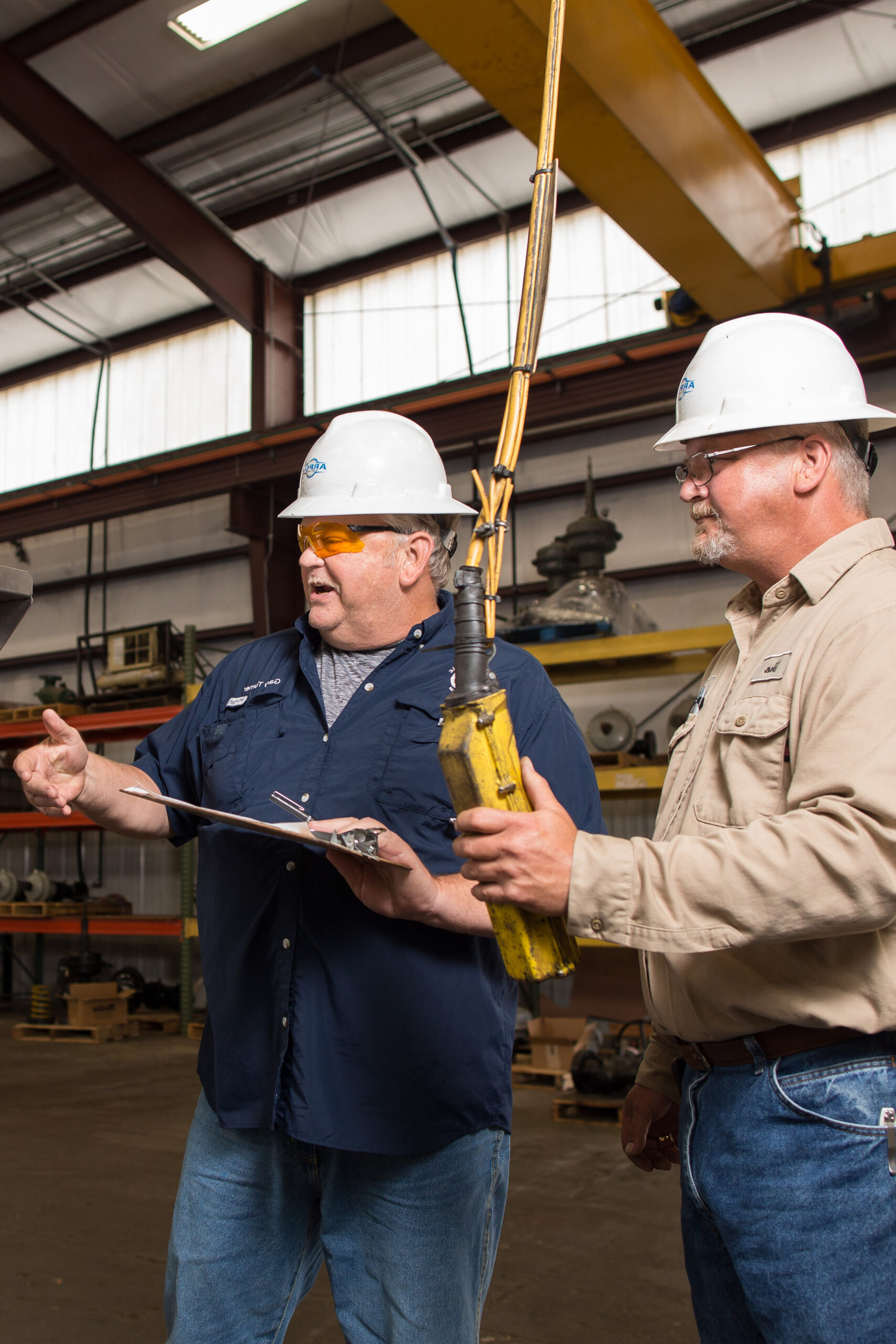
A control valve is a final control element used to regulate the flow of liquid through a channel. They can throttle flow over a range of fully open to fully closed. A control valve is installed perpendicular to the flow, and a controller can adjust the valve opening at any stage between ON & OFF.
The control valve is important in the process operation. Not only are the specifications of the valve itself important, but it is also necessary to sufficiently consider other matters related to the control valve in order for it to function as required. The following are the main points to keep in mind when specifying a control valve:
It is important to understand well the process including the control valve. One should sufficiently understand the start-up and shut-down of the process itself, including proper conduct in an emergency situation.
The control valve is used for different purposes, Control valves are used to control the level in a tank, there are also valves that control a pressure drop from a high-pressure system to a low-pressure system.
There are control valves that control the cut-off and release of fluids, mix two fluids, separate the flow into two directions, or exchange fluids. Therefore, the most appropriate control valve is chosen after determining the purposes of a particular valve.
The time taken to respond to the control valve after changing the manipulation signal is the response time of the control valve. The control valve experiences a period of dead time before the plug stem can overcome friction from the packing and begin to move. There is also a period of operating time needed to move the required distance. It is necessary to consider the effect of these factors on the controllability and safety of the entire system. For good control valve, the response time should be less.
Determine in advance the presence or absence of self-equilibrium, the range of variation in the required flow rate, the speed of response, etc.
The various conditions of the fluid can be obtained from the process data sheet, and these become the basic conditions for the selection of the control valve. The following are the main conditions that will be used:
One should determine the presence of possible dangers regarding the nature of the fluid, corrosiveness, or slurry.
In the case where one control valve cannot provide the necessary rangeability, consideration of the use of two or more valves becomes necessary.
The rate of control valve pressure loss in a piping system is a complicated problem. As the rate of the valve’s differential pressure decreases relative to the overall pressure loss of the entire system, the installed flow characteristics shift away from the inherent flow characteristics. Although it is impossible to generalize, a value for PR between 0.3 and 0.5 is usually chosen.
The highest value of the differential pressure at the control valve shut-off time is important data to be used in the choice of the actuator and in ensuring a sufficiently strong design for each part of the control valve.
Designs in which the intake pressure is set equal to the maximum shut-off pressure are numerous, but this method might result in over-specification of the valves. Thus it is necessary to consider actual use conditions when determining the shut-off pressure.
It should be clearly determined the quantity of seat leakage can be tolerated at the time of valve shut-off. It is also necessary to know the frequency with which the valve shut-off condition occurs.
There are mainly two types of operation for control valve:
Based on the location where the valve is installed the control valve needed sufficient explosion-proof rating, both the electrical used with the valve should have the explosion proof.
Pneumatic power supply to the valve actuation should be sufficient and it is important to provide clean air with water, oil, and dust removed in order for parts such as the actuator and positioner to function without failure. At the same time, one must determine the actuative pressure and capacity so as to secure enough actuative power.
Determine the specifications of the piping in which the control valve is installed. The important specifications include the diameter of the pipe, the piping standards, the quality of the material, the type of connection to the piping, and so on.
When size and weight requirements no longer make pneumatic actuators economical, the choice shifts to hydraulic actuators. Other specific factors can also drive the choice to hydraulics, usually as a result of the specific characteristics of hydraulic fluids.
High-pressure hydraulic fluid is complex to manage, creating safety and environmental risks. Personnel with higher skill levels are required when dealing with high-pressure hydraulic instrumentation.
Hydraulic control instrumentation is significantly more expensive, and is available from a much smaller supplier base.
Like pneumatics, hydraulic actuators face increasingly stringent regulation. The mineral oil used in hydraulic systems adds an additional set of environmental limitations relating to handling, disposal, pollution risks and other factors.
Offshore installations and upstream applications are the primary users of hydraulic actuators. In these environments, the space- and weight-saving benefits of the small cylinders are significant enough to offset the higher costs and risks associated with the use of high-pressure hydraulic fluids.
Onshore applications will primarily require hydraulic actuation only when extremely high torques or operating speeds are required by a specific application.
While hydraulic cylinders must be stronger and thicker to contain higher pressures, they have much smaller dimensions. This size benefit is the primary reason to use hydraulic actuation.
Unlike pneumatics, the high-pressure mineral oil that drives hydraulic actuators can’t be compressed. For this reason, hydraulic actuators are more precise than pneumatics, making them preferred for use in modulating or positioning applications where a high degree of accuracy is required.
In corrosive atmospheres, hydraulic fluids offer a higher degree of corrosion protection in the actuator cylinder than air or gas.
Hydraulic systems can operate very large actuators at extremely high speeds.
Pneumatic actuators are simple mechanical devices, able to incorporate a mechanical action or valve stroke by storing energy in a spring.
A key advantage of this design is that a pneumatic actuator can always reach a predefined safe condition, even after the loss of its primary power supply (compressed air or electricity to the control components). This is the most important differentiator between pneumatic and electric actuators today. It’s also why nearly 90% of on/off piston-type actuators are spring-return, as opposed to double-acting.
Pneumatics become the actuator of choice in applications where electric actuators don’t meet process requirements for fail-safe action, high torques or very high operating speed.
Because of their ability to store energy in a spring, pneumatic actuators can always reach a predefined safe condition (fail-open or fail-closed), even after the loss of its primary power supply.
Pneumatic actuators are widely used in onshore oil and gas applications. They also account for about 40% of offshore applications, typically on small- to medium-sized valves where their size and weight penalties have less impact on construction costs and installation footprints.

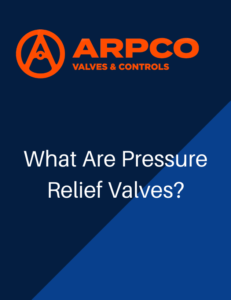
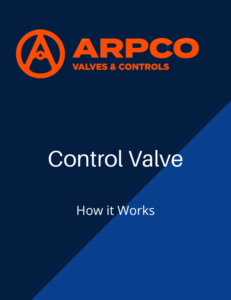
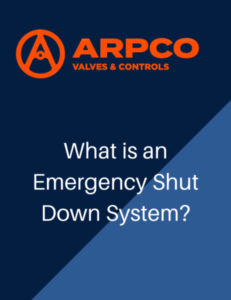
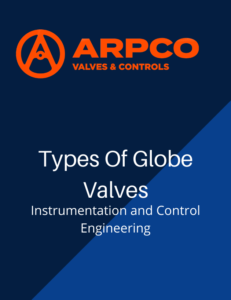
On-Call Service 24/7
We provide dependable emergency dispatch services around the clock, every day of the year, guaranteeing swift responses and skilled repair by our technicians. In addition to resolving immediate concerns, we strategically devise plans to prevent future issues, safeguarding the sustained reliability and efficiency of your operations. Partnering with Arpco means aligning with a dedicated ally that is committed to the ongoing prosperity of your systems.
© 2024 Arpco Valves & Controls | All Rights Reserved | Designed & Powered by Starfish Ad Age | Privacy Policy | Cookies